Andersen Quartz Vision EV review: the most stylish EV charger in town
Compact, stylish – and now with a display, too.
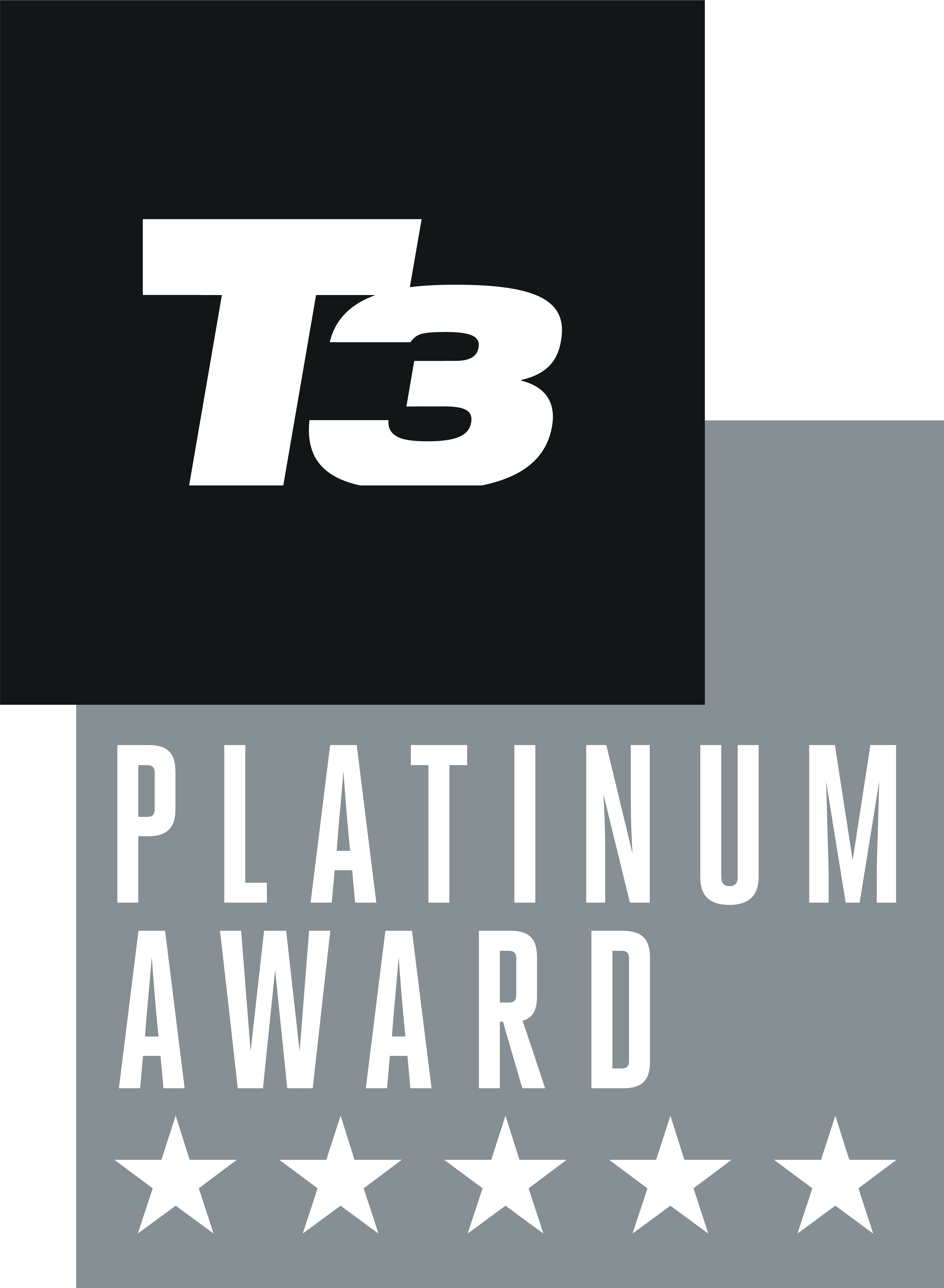
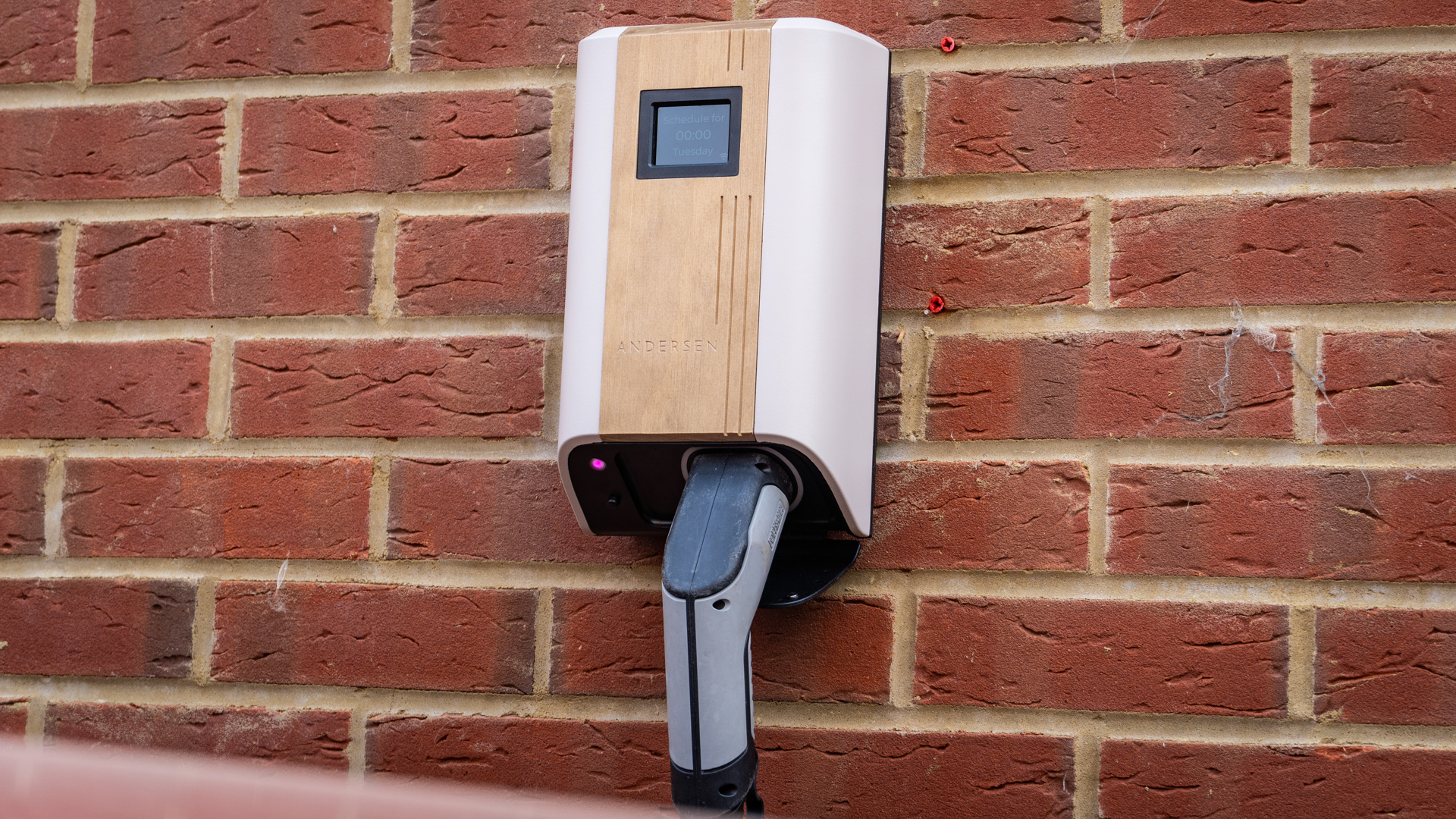
An EV charger that is as smart as it is stylish, the new Andersen Quartz Vision pairs a compact and customisable design with a handy display and impressive smartphone app. The Quartz vision is a premium home charger that isn’t afraid of being priced above many of its rivals, but delivers for those who want a charger that isn’t an eye-sore, and performs as well as it looks.
-
+
Fantastic design with lots of colour and material options
-
+
Up to 22 kW charging (three-phase)
-
+
Optional digital display
-
-
Expensive
-
-
Some might prefer integrated cable storage
-
-
Wood doesn’t look quite as good in person
Why you can trust T3

Does your electric car charger need to look good? There’s a strong argument to say no, of course not, because it’s a household utility item that could be loosely catalogued alongside your garden shed, electricity metre and outdoor bins. But it’s also something you attach to your house, often at the front, then plug into what’s probably the second-most expensive thing you’ll ever buy.
So perhaps yes, your EV charger should look good.
Andersen agrees. A British startup with about 50 employees – and headed by the founder of the Chargemaster EV charging network – Andersen takes a design-led approach to home EV chargers.
As a result, its four models of charger are beautiful, and all are available in a wide range of colours, plus optional wood facias. Andersen is partnered with equally stylish car companies, like Renault, JLR, Porsche, and specialists like Everrati and Callum Designs. Coat Paints and the two Michelin-starred Welsh restaurant Ynyshir have also hooked up with the charger maker.
Does your charger need a glow-up? Or are you new to the market and considering the benefits of spending more on a premium option? Read on to find out.
Andersen Quartz Vision EV review: Price and availability
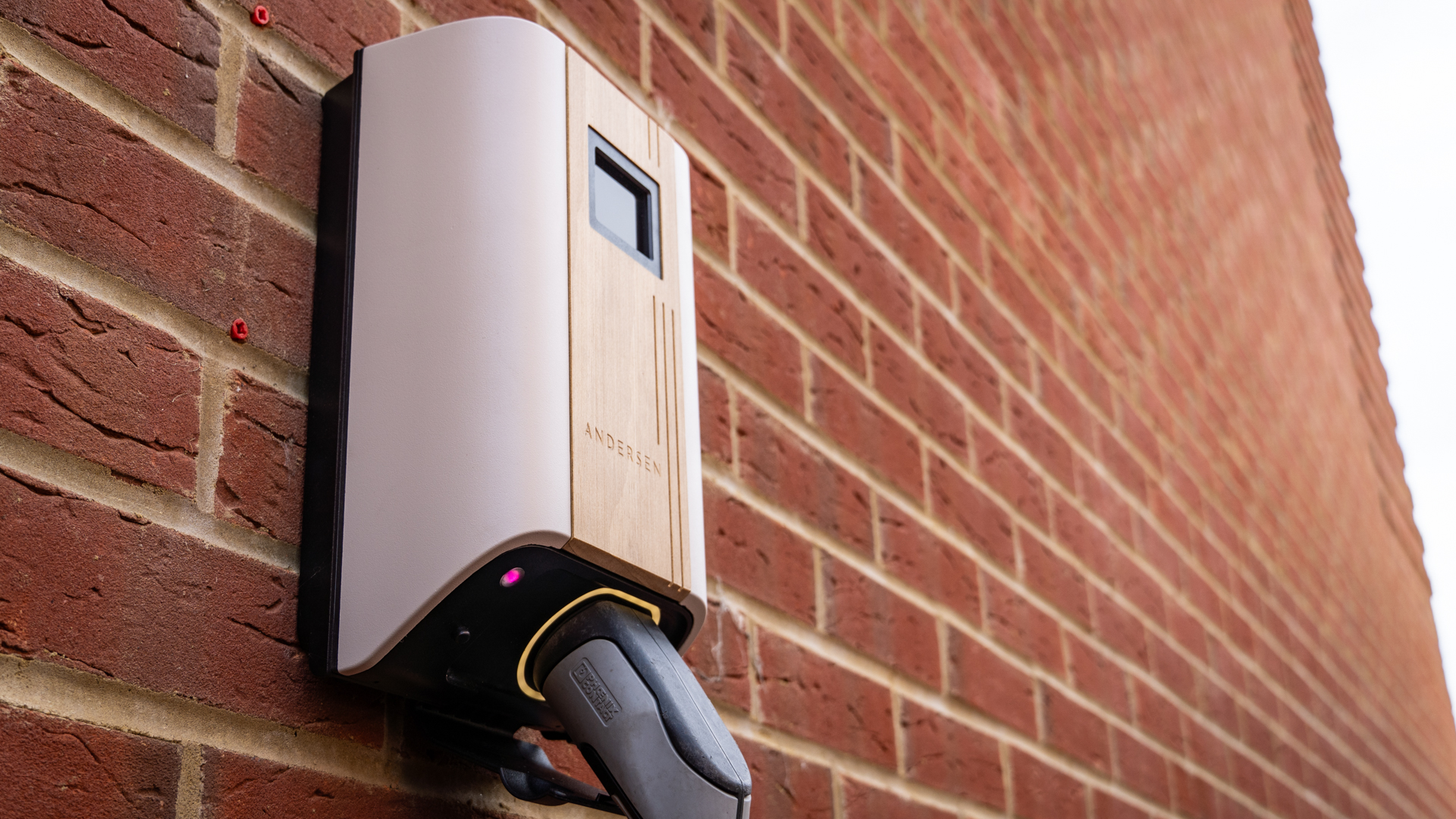
Safe to say, Andersen’s chargers are high-end products. Prices start at £695 for the Quartz, rising to £995 for the Andersen A3 and £1,199 for the A2. The Quartz Vision reviewed here is the company’s newest charger, which adds a simple digital display to the Quartz and bumps the price up to £793. Installation costs from £425, but this can vary depending on the distance between your fuse box and the desired charger location, and other factors.
The chargers are sold directly from Andersen’s website, made in the UK, and dispatched right away. The company then books in your installation, which involves you completing a online form. This takes about 15 minutes and asks you to take photos and video of your fuse box, electricity meter, desired charger location, and any walls, doorways etc. that could impact the installation.
Get all the latest news, reviews, deals and buying guides on gorgeous tech, home and active products from the T3 experts
This might sound a bit involved, but it’s a simple process that is neatly presented. The website form has clearly been designed by people who know the value of first impressions, and it doesn’t feel at all like the chore it may seem.
Andersen Quartz Vision EV review: Design
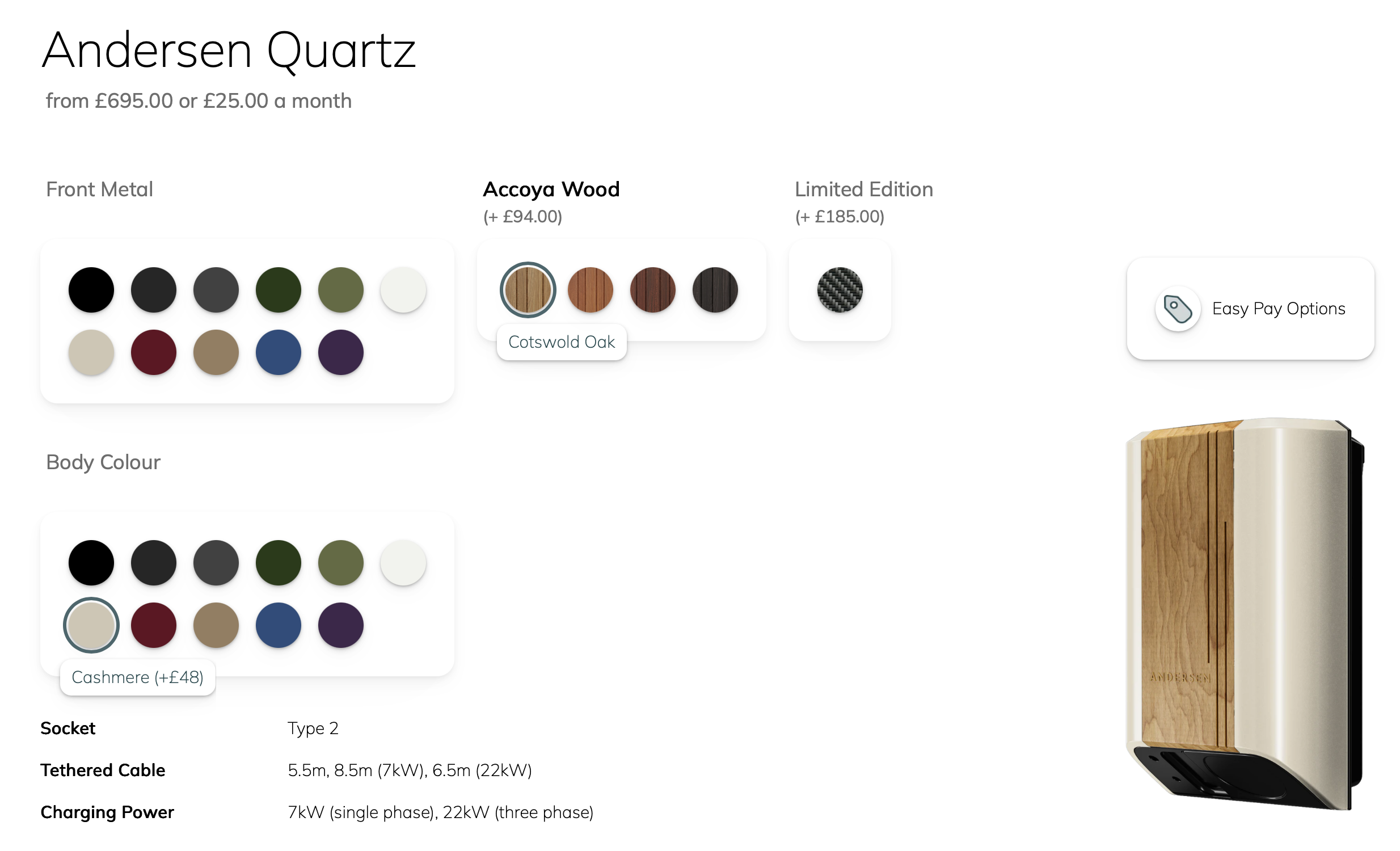
This is where Andersen really gets into its stride. For the Quartz Vision reviewed here there are 11 colour options for both the body and metal front panel, plus four further Accoya wood options to replace the latter, which cost an additional £94.
Colours can be mixed and matched, so you could have a cashmere front and a red body, for example, or all one colour. They all look fantastic on Andersen’s website and in its marketing images, and they’re impressive in person too. The paint finish is particularly good, although the wood doesn’t quite have the same wow-factor in the flesh. It looks nice – and a huge step up from the black plastic charger my house had from new – but the Cotswold Oak finish could do with a touch more varnish to match the imagery online.
The Quartz can be bought as either a socketed or tethered charger. The former means you’ve to plug in your cable for every charge, while the latter has a Type 2 cable permanently attached. I prefer the socketed option, since the cable can be removed and tidied away. Andersen’s larger A2 and A3 chargers store their cables inside the unit itself.
Power options for the Quartz are 7 kW and 22 kW, but the latter is only possible in properties with three-phase electrics, and costs an additional £195.
The charge socket is concealed beneath a spring-loaded flap at the bottom of the unit. Open this, and the socket illuminates to help you locate it at night, and there’s also a status light that shines various colours depending on the status of the charger. It’s a nice system that is simple to use and provides a premium experience. I particularly liked how the charge socket lit up the first time I opened it, and how the brightness of the status light can be adjusted in the Andersen smartphone app.
As for dimensions, the Quartz Vision (and Regular Quartz) measures 286 x 172 x 110 mm, making it pretty small as far as home chargers go. Cable length options are 5.5 to 8.5 metres, or you can supply your own.
Andersen Quartz Vision EV review: Features
The main feature of the Quartz Vision is its display. This isn’t a touchscreen, but it’s a handy way of seeing the status of the charger. It shows the charge rate when your car is plugged in, or the time at which it’ll start its next charge (as determined by the scheduling tool in the Andersen app).
It also shows how much energy was transferred to your battery when you unplug at the end of each session. The display is a nice addition, and makes it easy to see that your car is charging correctly.
Andersen Quartz Vision EV review: Installation

I’ve already mentioned how Andersen’s online questionnaire helps establish the requirements of your installation. After that, a member of the Andersen team checks the photos and video you provide, then reaches out if anything else is required. In my case, the RCBO of the fuse box needed replacing, at a cost of £109.
This was a surprise, given my new-build house was only finished three months earlier. But the installer told me how this is a common issue with new-build developers, despite a regulation change requiring the updated, double-pole RCBO coming into force back in 2018. Without it, I’m told the original EV charger did not comply with UK regulations.
The rest of the installation went quickly and smoothly, since this was just a case of replacing the old charger with a new Andersen Quartz Vision. If there wasn’t a charger already in place, Andersen would have routed power for its charger from the fuse box to wherever I’d have liked it installed. Once installed, the engineer helped me set up the Andersen app and showed me how the charger works.
You'll notice a set of four red wall plugs surrounding the charger in my photos. These were used to mount the previous charger, which was larger than the Quartz Vision. I'll remove the plugs and fill the holes at a later date.
Andersen Quartz Vision EV review: Software and app
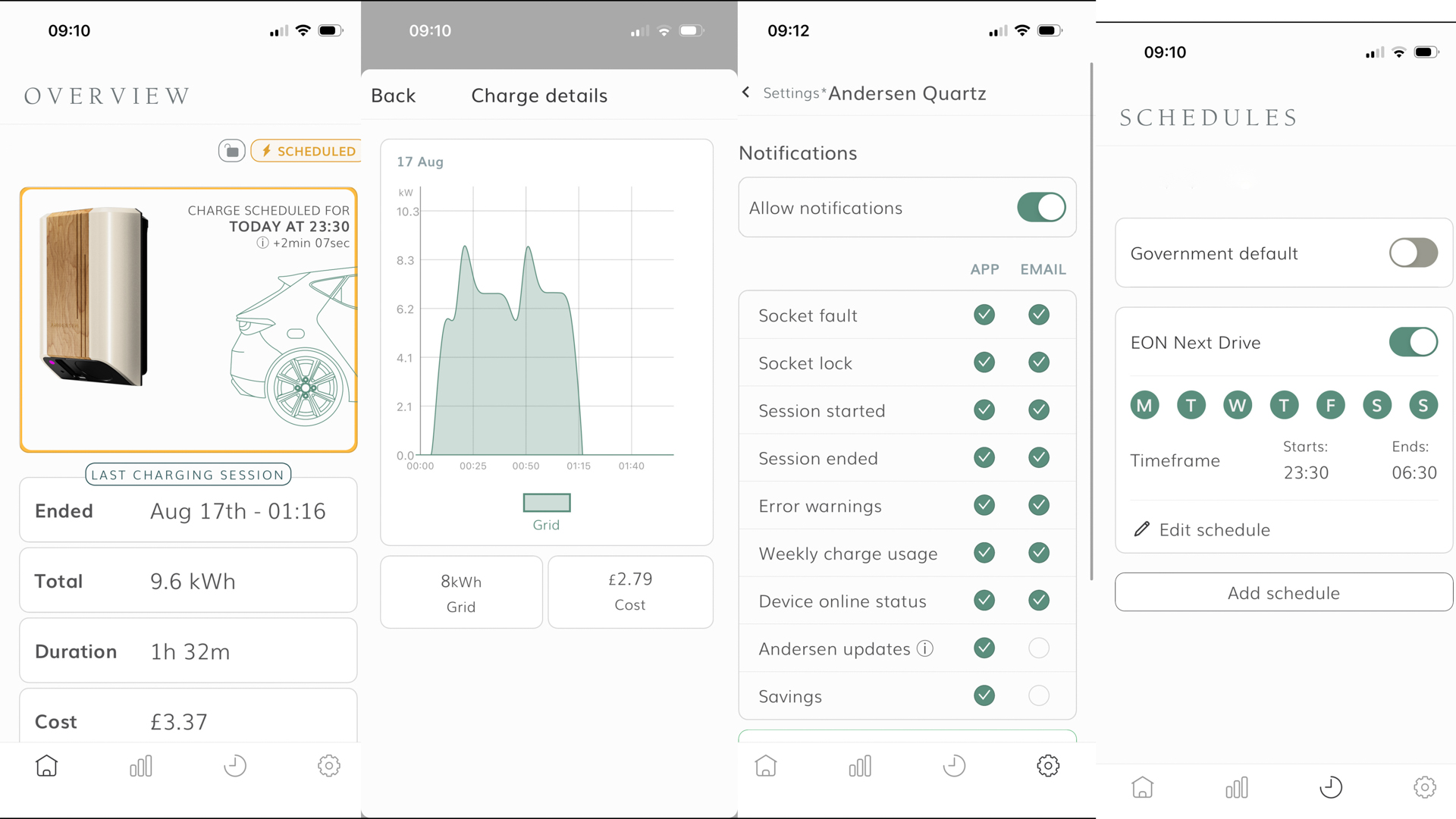
Andersen’s app works very well. It’s responsive, nicely designed and gives you access to everything you need, from the charger status, to the charging schedule and a dashboard that keeps track of your charging history. You can even adjust the charger icon to exactly match the colours (and wood) of your own model: a nice touch.
It’s also possible to lock the charger – handy if you’re going away and worry someone might help themselves – and there’s an extensive FAQ section to help address any problems. Andersen's engineer connected the charger to my Wi-Fi network for me, but the app is also where you can change the network settings, should you ever need to.
Seeing how much energy you’ve consumed, along with the price, is useful. But you'll first need to tell the app what energy tariff you’re on, and you might then need to edit the costs the app displays. This is easy enough, but relies on you knowing the precise peak and off-peak costs of your electricity tariff. You can also input the off-peak times of your tariff, which the Quartz Vision then uses as its default charging schedule, but you’ll also need to know this to ensure it schedules accurately.
Once scheduled, I like how the charger’s screen shows when the next charge session will start. It’s a little thing, but neatly turns this smart charger into a set-it-and-forget-it device, since you don’t need to check the app to see what’s going on.
Andersen Quartz Vision EV review: Verdict
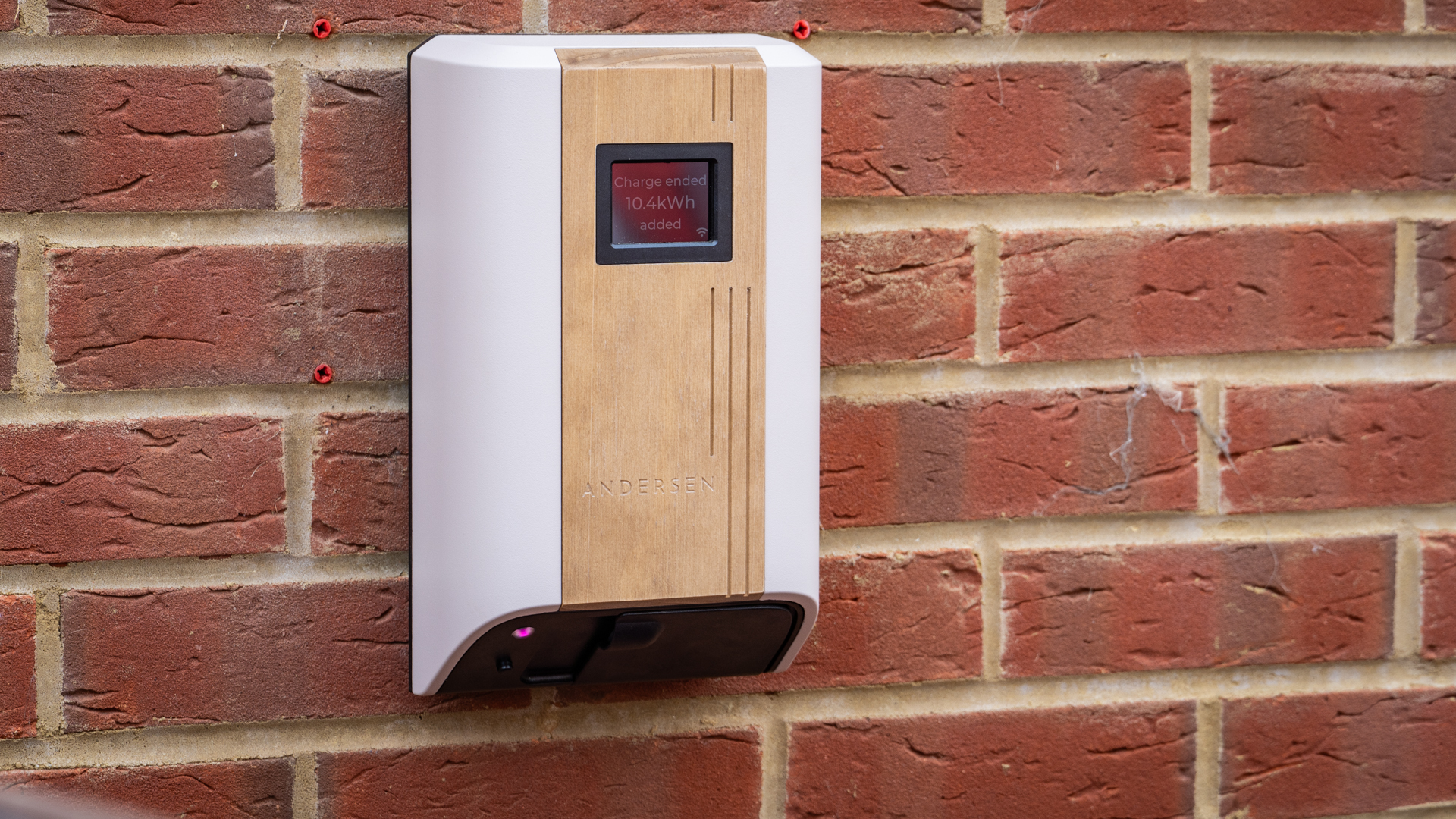
Andersen sets out to prove how well-designed EV chargers can be worth a premium. In this case, it has produced a charger that is as attractive and customisable as it is compact and intelligent. The Quartz Vision does everything I want from an EV charger – as long as I make sure to input the correct tariff costs and scheduling – and in return I have an EV that’s charged only when electricity is at its cheapest.
I think the Quartz Vision looks fantastic. I also like the status light and illuminated charge socket, and how the new display makes it incredibly easy to see what the charger is doing. All of this comes at a price – the Quartz Vision costs around twice that of the cheapest home EV chargers – but for that you really do get a premium product with a service to match.
Alistair is a freelance automotive and technology journalist. He has bylines on esteemed sites such as the BBC, Forbes, TechRadar, and of best of all, T3, where he covers topics ranging from classic cars and men's lifestyle, to smart home technology, phones, electric cars, autonomy, Swiss watches, and much more besides. He is an experienced journalist, writing news, features, interviews and product reviews. If that didn't make him busy enough, he is also the co-host of the AutoChat podcast.
You must confirm your public display name before commenting
Please logout and then login again, you will then be prompted to enter your display name.
